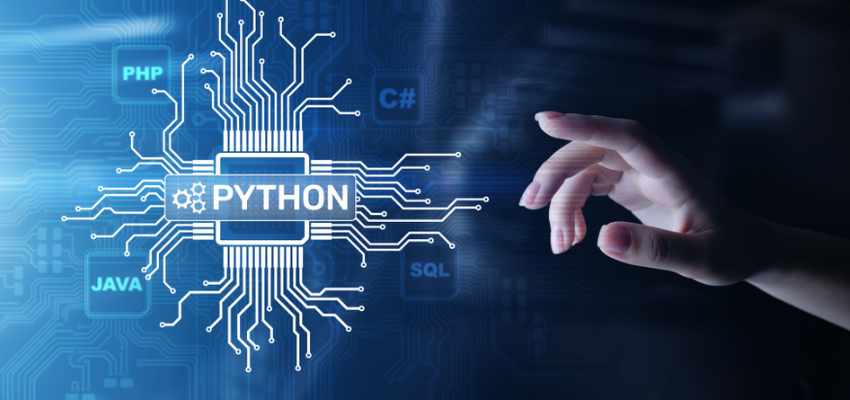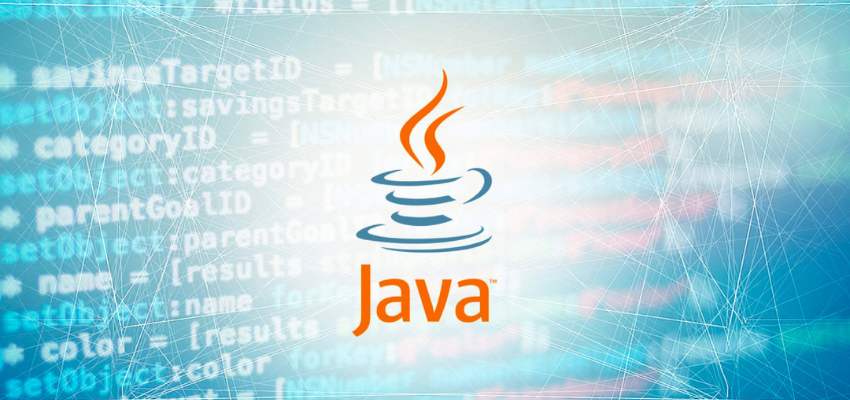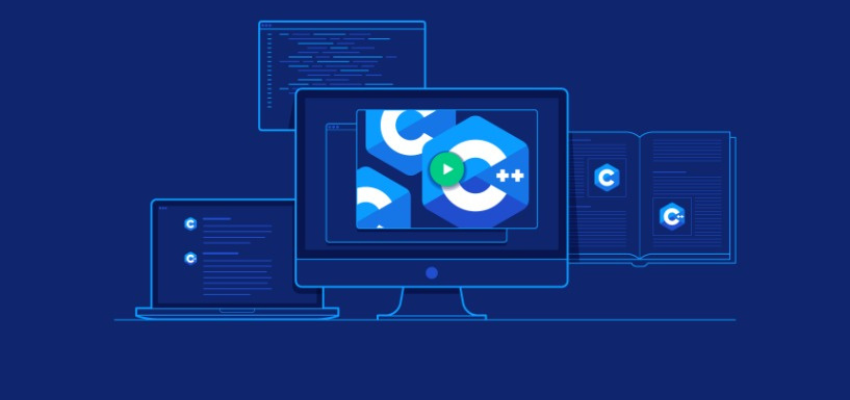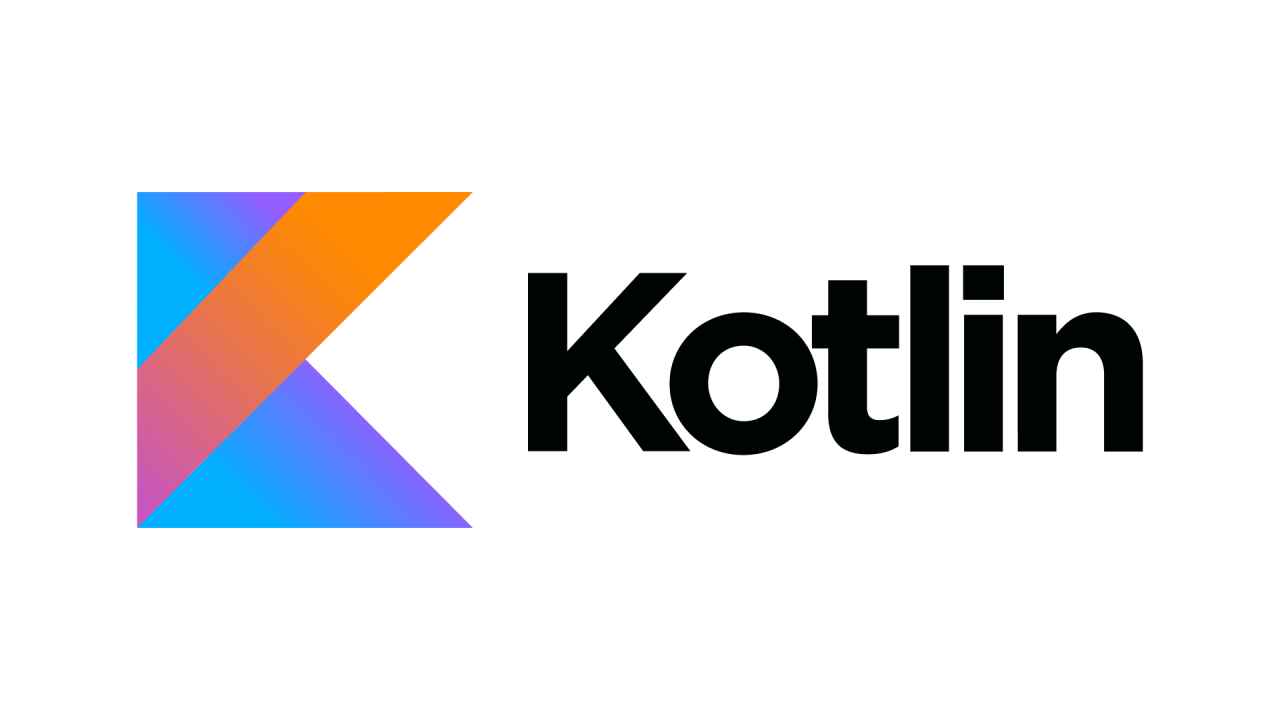Discover the Top 7 Best Programming Languages

In today’s tech-savvy world, understanding programming languages is crucial for both aspiring developers and seasoned professionals. With the rapid growth of technology, these languages serve as the building blocks for creating software, applications, websites, and even complex algorithms. In this article, we will delve into the top seven programming languages, exploring their unique features, strengths, and ideal use cases.

Understanding Programming Languages
Before diving into the specifics of each language, it’s essential to grasp what programming languages are and why they matter. At their core, programming languages are formal sets of instructions that enable humans to communicate with machines, particularly computers. They provide a way to write code that can be executed by a computer to perform specific tasks.
In this section, we will explore the fundamental aspects of popular programming languages, providing insights that will help you understand their significance in the modern development landscape.
The Versatile Python
One of the most compelling aspects of Python is its clean and straightforward syntax. Unlike many other languages, Python allows developers to express concepts in fewer lines of code, enhancing readability and reducing the likelihood of errors. This feature makes it an excellent choice for beginners who are just starting their coding journey.
Additionally, Python boasts a vast ecosystem of libraries and frameworks. Libraries like NumPy and Pandas make data manipulation a breeze, while frameworks such as Flask and Django pave the way for robust web development. This versatility gives Python an edge in fields ranging from data science to artificial intelligence.

In recent years, Python has become synonymous with data science and machine learning. Its libraries, such as TensorFlow and Keras, provide powerful tools for building neural networks and conducting complex analyses. The language’s intuitive syntax allows data scientists to focus on solving problems rather than grappling with intricate code structures.
The Robust Java
Java, developed by Sun Microsystems in the mid-1990s, remains one of the most popular programming languages worldwide. Known for its portability and scalability, Java has established itself as a cornerstone of enterprise-level applications. Its “write once, run anywhere” philosophy ensures that Java applications can function on any device with a compatible Java Virtual Machine (JVM).
Java’s foundation lies in object-oriented programming, which enables developers to organize code into reusable components known as classes and objects. This paradigm promotes code organization and maintenance, making it easier to manage large codebases.
With features such as inheritance, encapsulation, and polymorphism, Java empowers developers to create modular applications that can be easily extended and modified. This object-oriented structure is especially valuable in complex projects where collaboration among multiple developers is necessary.
Java’s reliability and scalability make it a preferred choice for enterprise applications. Many organizations rely on Java-based frameworks such as Spring and Hibernate to develop mission-critical systems. These frameworks streamline the development process by providing pre-built components and integrations.
Furthermore, Java’s strong typing and compile-time checking contribute to reduced runtime errors, making it suitable for applications that require high stability and security. Financial institutions, healthcare systems, and large corporations often choose Java for its proven track record in handling complex operations.

The Dynamic JavaScript
JavaScript is often described as the backbone of web development. Created in the mid-1990s, JavaScript has evolved from a simple scripting language to a powerful tool for building interactive and dynamic web applications. It plays a crucial role in client-side development, allowing for enhanced user experiences and responsive interfaces.
In recent years, JavaScript has witnessed a surge in popularity due to the emergence of front-end frameworks like React, Angular, and Vue.js. These frameworks provide developers with efficient ways to build and manage complex user interfaces.
React, developed by Facebook, utilizes a component-based architecture that fosters reusability and maintains a virtual DOM for optimal performance. Angular, backed by Google, offers a comprehensive solution for building single-page applications. Meanwhile, Vue.js has gained traction for its simplicity and flexibility, attracting both beginners and experienced developers.
JavaScript’s versatility extends beyond the front end. With the introduction of Node.js, developers can now use JavaScript for server-side programming as well. This unification of languages simplifies the development process, allowing for seamless communication between client and server.
Frameworks like Express.js make it easy to create RESTful APIs, while databases such as MongoDB integrate effortlessly with JavaScript applications. This full-stack capability has made JavaScript a go-to choice for many startups and tech companies seeking to streamline their development processes.

The Powerful C++
C++, developed by Bjarne Stroustrup as an extension of the C programming language, is a powerful and flexible language that combines high-level and low-level programming features. It is widely regarded for its performance and is commonly used in systems programming, game development, and applications requiring real-time processing.
C++ is known for its ability to deliver exceptional performance, making it a go-to choice for resource-intensive applications. The language grants developers granular control over memory management, allowing them to allocate and deallocate memory as needed. This capability is essential when developing applications that require high efficiency and low latency.
However, this fine-tuned control also comes with responsibility. Developers must be cautious to avoid memory leaks and buffer overflows, which can lead to vulnerabilities. Mastery of memory management is crucial for anyone looking to harness the full potential of C++.

The Elegant Ruby
Ruby, created by Yukihiro Matsumoto in the mid-1990s, is a dynamic and object-oriented programming language known for its elegant syntax and developer-friendly features. Ruby prioritizes simplicity and productivity, making it a popular choice for web development and startups.
Ruby’s prominence is largely attributed to the Ruby on Rails framework. Launched in the early 2000s, Rails revolutionized web development by streamlining common tasks and promoting convention over configuration. This framework empowers developers to build robust applications quickly, thanks to its emphasis on DRY (Don’t Repeat Yourself) principles.
Rails incorporates a wide range of built-in features, including database migrations, routing, and templating, reducing the need for boilerplate code. This efficiency appeals to startups and small teams aiming to bring their ideas to life swiftly.
Ruby boasts a vibrant and welcoming community, characterized by a culture of collaboration and knowledge-sharing. Developers often participate in meetups, conferences, and online forums, fostering an environment conducive to learning and growth.
This strong sense of community not only aids newcomers in their learning journey but also drives the continuous improvement of the language and its associated frameworks. The collective passion for Ruby contributes to its longevity and relevance in the ever-changing tech landscape.

The Functional Power of Go
Go, also known as Golang, was developed at Google in the late 2000s to address the challenges of modern software development. It combines elements of procedural, functional, and concurrent programming, making it a powerful option for cloud services and distributed systems.
One of Go’s standout features is its concurrency model, facilitated by goroutines and channels. This design allows developers to build highly concurrent applications without the complexity often associated with traditional threading models.
Go’s lightweight goroutines enable efficient utilization of system resources, making it ideal for applications that require high throughput, such as web servers and microservices. This performance advantage has contributed to Go’s popularity among organizations adopting cloud-native architectures.
With the rise of cloud computing, Go has emerged as a preferred language for developing cloud-native applications. It integrates seamlessly with containerization technologies like Docker and orchestration tools like Kubernetes, enabling developers to build and deploy scalable applications effortlessly.
The simplicity and performance of Go align perfectly with the demands of cloud infrastructure, making it a go-to choice for organizations looking to optimize their operations. Many cloud providers and tech giants leverage Go to create resilient and efficient services.

Kotlin Programming Language
Kotlin is a modern, statically typed programming language developed by JetBrains, designed to run on the Java Virtual Machine (JVM) and fully interoperable with Java. Its concise syntax, null safety features, and support for both object-oriented and functional programming make it a popular choice for developers, especially in Android app development, where it has become the preferred language. Kotlin addresses many limitations of Java, such as reducing boilerplate code and offering smarter type checks with features like smart casts. It also supports cross-platform development through Kotlin Multiplatform, allowing shared code across Android, iOS, and web applications. With its versatility, Kotlin is increasingly being used in backend development, data science, and other emerging fields.
Kotlin’s appeal lies not only in its syntactic simplicity but also in its focus on improving developer productivity. By reducing common coding errors through features like null safety, Kotlin ensures safer code by preventing the infamous NullPointerException that often plagues Java programs. The language’s interoperability with Java means that developers can seamlessly integrate Kotlin into existing Java projects without having to rewrite the entire codebase, which makes it highly adaptable in large, legacy systems. Kotlin’s support for functional programming enhances code readability and maintainability through the use of lambda expressions, higher-order functions, and immutability.
In addition to its prominence in Android development, Kotlin is also gaining traction in backend development with frameworks like Ktor and Spring Boot, making it a versatile tool for creating scalable, high-performance server applications. With the introduction of Kotlin Multiplatform, developers can now write common code once and use it across multiple platforms, including iOS, Android, and web applications, significantly reducing development time and effort. Its growing ecosystem, with robust libraries and tools, along with its deep integration into popular development environments like IntelliJ IDEA and Android Studio, ensures that Kotlin continues to be a future-proof choice for modern development.

Conclusion
In conclusion, the world of programming languages is rich and diverse, with each language offering unique strengths and capabilities. From Python’s versatility and Java’s robustness to JavaScript’s dynamism and C++’s performance, the options are abundant. Understanding the nuances of these languages empowers developers to make informed choices based on their project requirements and personal preferences.
As a Marketing Executive at Bestarion, I oversee strategic marketing initiatives to enhance brand visibility and drive business growth. Bestarion specializes in data services and bespoke software solutions, helping businesses optimize operations with high-quality, technology-driven solutions. My role involves content creation, digital marketing, and lead generation to position Bestarion as a trusted partner in the industry.
